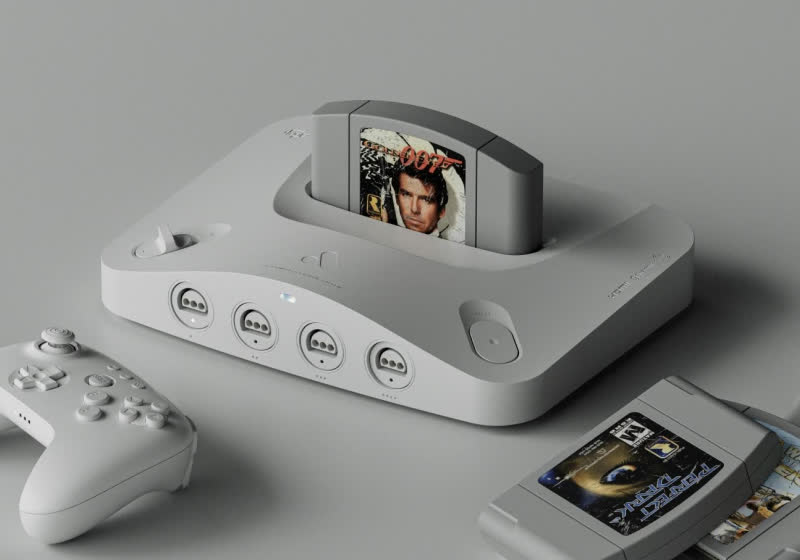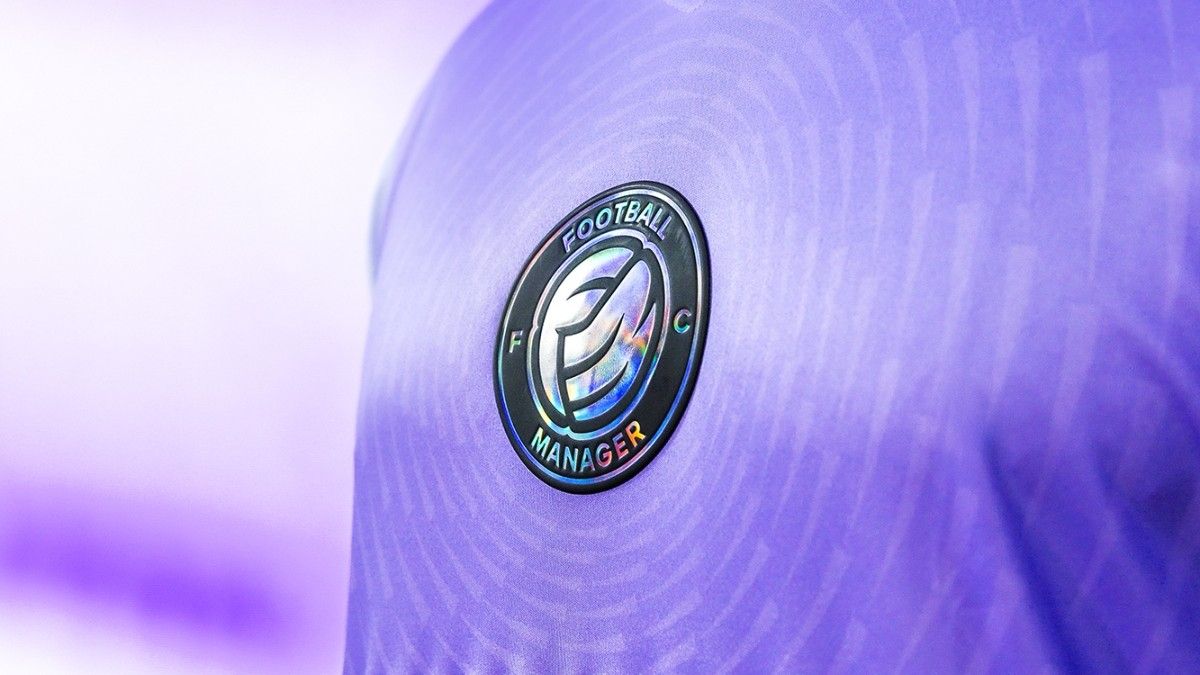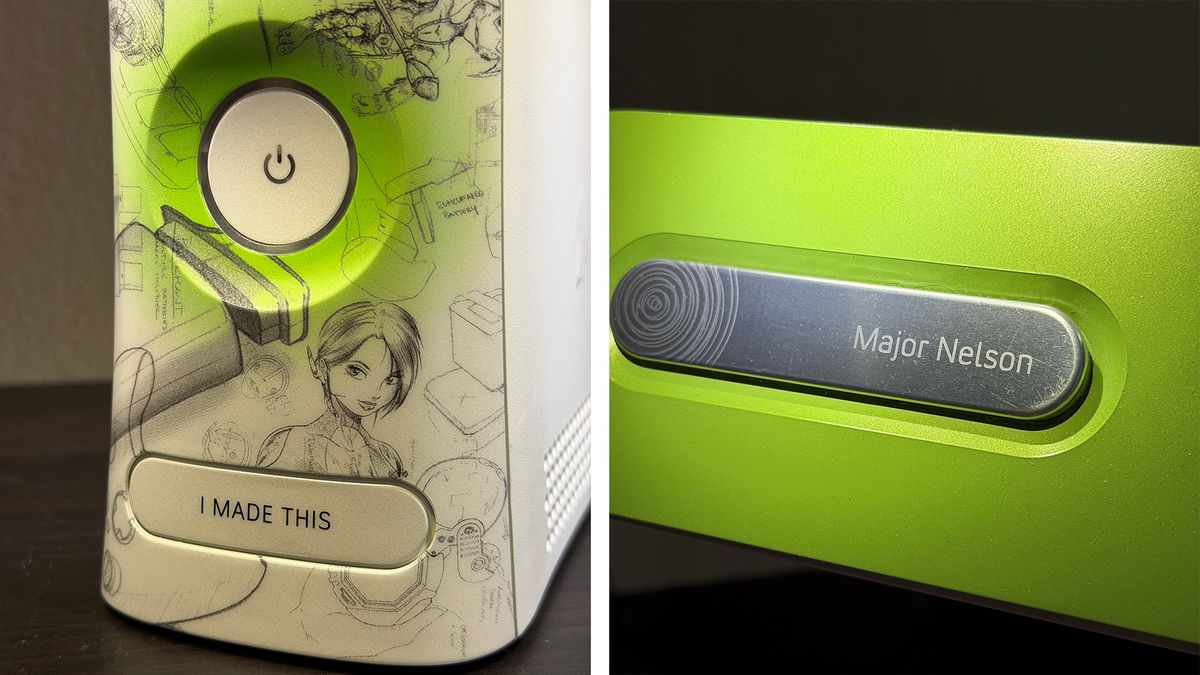
Pros
- Sturdy, eye-catching design with translucent elements
- Clean, clear sound with well-defined bass that's enjoyable to listen to
- Strong noise-canceling and voice-calling performance
- Excellent controls that are intuitive to use
- USB-C audio
- Nice carrying case
Cons
- Headphones are heavy and not quite as comfortable as some competing models
- They fold flat but don't fold up
- Sound quality is good but not a wow
- The ear pads are not easily removable and it's unclear whether they're replaceable
- Nothing Headphone (1) Review: An Eye-Catching Design Backed by Strong Performance
- Nothing Headphone (1) design: Retro vibes
- Nothing Headphone (1) feature set: Solid but not spectacular
- Impressive noise cancellation and call quality
- Enjoyable, clean sound
- Healthy battery life
- How do they stack up to the competition?
- Nothing Headphone (1) final thoughts
For the last few years Nothing has been making true-wireless earbuds with eye-catching designs for Android and Apple devices. Now it's released its first over-ear noise canceling model, the Headphone (1), in collaboration with KEF, the well-regarded British audio company that's known more for its speakers than its headphones. It's available for preorder now and ships July 15.
This is a premium model -- it retails for $299 (£299) -- and Nothing touted it in a teaser video as a cheaper, better alternative to the Apple AirPods Max. The question is, does it live up to that sort of hype? The answer isn't necessarily a resounding yes, but there's a case to be made that it's a better value than the AirPods Max.
Read more: Best noise-canceling headphones of 2025
Nothing Headphone (1) design: Retro vibes
Enlarge Image
The Nothing Headphone (1) comes in white or black.
Andrew Lanxon/CNETNothing was founded in London in 2020 by Carl Pei, the former co-founder of OnePlus. The translucent theme has been part of the company's design ethos from the get-go, incorporated into its Android smartphones and earbuds. So everybody expected that Nothing's over-ear headphones would have some form of see-through ear cup.
I was expecting more of a round or oval design, in line with its earbuds. But Nothing went with more of a square shape -- or squircle as the corners are rounded off. And while there have been plenty of headphones with square ear cups in the past, this model has a unique retro look with cassette tape vibes.
Watch this: Nothing Headphone (1) Unboxing
00:41
I was impressed with the build quality. The ear cups combine aluminum with high-tech plastic elements and the ear cushions are oil-resistant and have comfortable memory foam inside conforms to your head and passively seals out ambient sound. The headphones fold flat but not up and come with a nice carrying case.
They do seem sturdy. However, they're a tad on the heavy side, weighing 329 grams. That's lighter than the 385-gram AirPods Max but both the 254-gram Bose QuietComfort Ultra and 254-gram Sony WH-1000XM6 weigh noticeably less and I found both those models a little more to wear over longer listening sessions.
Enlarge Image
The ear cups are oil-resistant and conform to your head to create a good seal. They're removable but it's unclear whether Nothing will offer replacement ear pads.
Andrew Lanxon/CNETThat said, these headphones' shape and design mean they don't look as big on your head like the Sony ones do. I like how the controls have been implemented (except for the fact that the Bluetooth button, located on the inside of the ear piece, is hidden). They're physical control buttons and among the best I've used on a pair of headphones that I've tested to date. Along with an actual on-off switch, there's a smooth-operating roller button for raising and lowering volume and toggling through noise-canceling settings. A paddle button allows you to skip tracks forward and back. And a button that Nothing simply calls "the Button" activates your voice assistant. It can also be programmed as a shortcut to other features such as Nothing's Channel Hop feature, which allows you to toggle between recent audio apps.
Before I get to sound quality and noise-canceling performance, I'll quickly talk about the headphone's feature set. You get pretty much what you'd expect from a set of premium headphones these days, but it doesn't come with extras like a conversation awareness mode.
Enlarge Image
The headphone's controls are nicely designed.
Andrew Lanxon/CNETNothing Headphone (1) feature set: Solid but not spectacular
There are ear-detection sensors -- you must activate them in the Nothing X companion app -- that pause your music when you take the headphones off your head and resume playback when you put them back on, a spatial audio mode with head-tracking, a low-latency mode for gaming and multipoint Bluetooth pairing. These headphones use Bluetooth 5.3.
Additionally, there's a find my feature that allows you to play a sound through the headphones should you leave them under an object or they manage to hide themselves in other ways. And finally you get preset EQ settings in the app, plus an eight-band equalizer to fine tune things to your liking.
Impressive noise cancellation and call quality
The noise cancellation was better than I expected. From my tests in the streets of New York, the headphones have impressive noise muffling capabilities. There are four ANC modes -- low, medium, high and adaptive. The noise canceling isn't quite up to the level of what you get with Sony's WH-1000XM6 headphones, but at least it's a contest. The transparency mode is also good -- it's natural sounding.
Another area where the headphones exceeded my expectations was voice-calling performance. The headphone has six microphones, four of which are used for voice voice calls. Callers said they could hear me clearly with minimal background noise in noisy streets of New York. Voices of people talking in the background occasionally leaked through but callers said they heard almost no traffic noise.
Enlarge Image
Retro vibes.
Andrew Lanxon/CNETEnjoyable, clean sound
From a tech standpoint, these headphones have 40mm drivers with a nickel-plated diaphragm, including rim and dome. Nothing says that adds rigidity to enhance clarity in the highs and power in the bass.
That's all true, and the headphones are clean sounding, with almost no distortion, even at high volumes. Fairly open for closed back headphones, they offer nicely balanced sound and consistent, well-defined bass. They're enjoyable headphones to listen to. If I were to get nitpicky, I'd say they're just a touch clinical sounding, even after I played around with the EQ settings in the app. By that I mean they don't offer the more pure, intimate sound of some of the best-sounding headphones that offer a little more depth and refinement and make you want to go back and listen to all your favorite tracks to see how they sound.
I should note that I listened to the headphones with both an iPhone 16 Pro using the AAC audio codec and the Google Pixel 9 using the AAC and LDAC audio codecs. A headphone cable is provided for wired listening and there's also USB-C audio for a digital wired connection. You do get a touch more clarity going wired, but it's not a night and day difference.
Enlarge Image
The headphones do feature USB-C audio and also come with 3.5mm cable for wired listening.
Andrew Lanxon/CNETHealthy battery life
Battery life is typical for today's over-ear noise-canceling headphones, which is to say quite good. With noise-canceling on, you get up to 35 hours of listening time at moderate volume levels and up to 80 hours with it off. Using the LDAC audio codec does impact battery life, dropping you down to 30 hours instead of 35 with ANC on. A 5-minute charge gets you 2.4 hours of battery life with ANC on.
How do they stack up to the competition?
As for competing models, I'm still slightly more partial to the Sony WH-1000XM6 for comfort, and they have the slight performance edge for noise canceling, sound quality and voice-calling. But they do cost $150 more.
As I said in the intro, I do think that Nothing has a case to make that these headphones are a better value than the AirPods Max. Like the AirPods Max, they have a unique look that makes them instantly recognizable (whether you like the look of either headphone is a matter of taste, of course).
Enlarge Image
Side by side with Apple's AirPods Max.
Andrew Lanxon/CNETWhile I'm more partial to the sound of the AirPods Max and like their overall performance and feature set for iPhone users, they're almost five years old if you don't count the USB-C refresh from last year, which wasn't a major update. They're selling for $480 on Amazon right now, so they cost even more than the Sonys.
A more apt comparison from both a price and design standpoint would be to Skullcandy's new Aviator 900 ANC headphones, which also cost $300 and have a translucent theme. The Aviator 900 ANC kind of surprised me because Skullcandy is better known for its Crusher headphones, which deliver bone-rattling bass but not so-called premium-sounding headphones. However, the Aviator 900, developed in partnership with THX, delivers surprisingly impressive sound. It's not so great out of the box, but after you make some tweaks to the EQ in the app and turn on the THX spatial audio, the sound improves dramatically and is arguably more exciting than the Nothing Headphone (1) sound and more fun to listen to.
The Skullcandy Aviator 900 ANC also cost $300.
David Carnoy/CNETThe Aviator 900 is also lighter (289 grams) and more comfortable to wear. Plus, it not only folds flat but also folds up (into a soft carrying case that I like) and has some nifty physical control buttons. It, too, features good noise-canceling and voice-calling performance, though the Nothing Headphone (1) may have a slight edge in those departments. Even so, I slightly preferred Skullcandy headphones for their sound and fit.
Nothing Headphone (1) final thoughts
All things considered, the Nothing Headphone (1) ended up being more impressive than I thought it would be. Nothing has always been a good marketing company that usually does a bang-up job hyping its products. Its first earbuds were a little more style over substance (the performance has improved with more recent models), but this headphone's sturdy, eye-catching design is backed by strong performance. While I have some quibbles with the headphone being a little heavy, and I slightly prefer the sound quality of some competing models, this is one of the best new headphones of 2025. It will be interesting to see if its price can come down a bit to make it an even more compelling premium noise-canceling headphone option.









 English (US) ·
English (US) ·